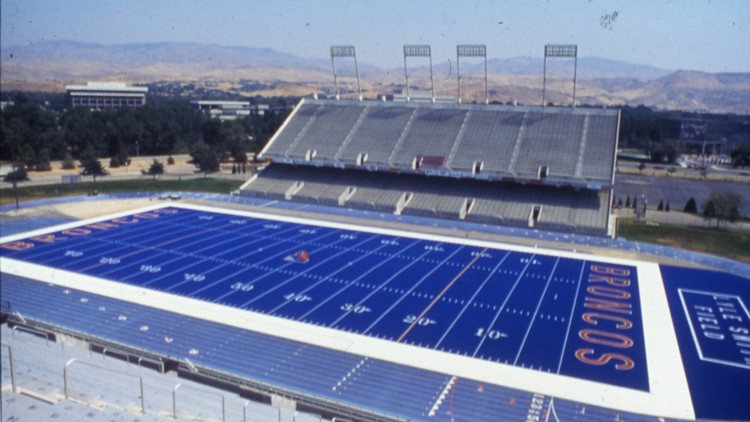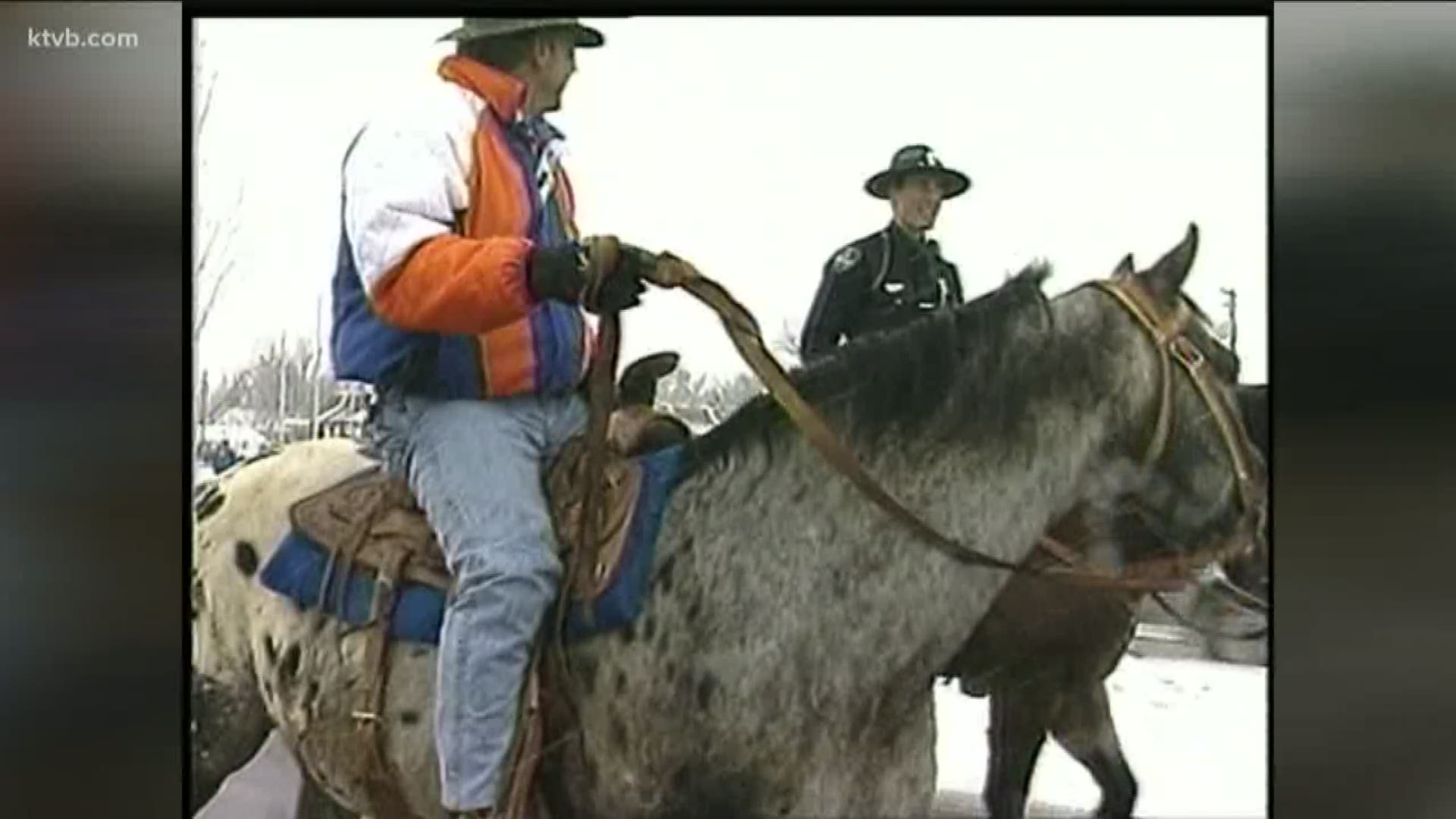BOISE, Idaho — Friday Special…September 13, 2024.
Today marks the 38th anniversary of the first game on the blue turf. A perfect subject for a Friday feature. But that has been preempted by the dizzying 12 hours that transpired Wednesday night and Thursday morning. The first hint was delivered by Ross Dellenger of Yahoo Sports: "The Pac-12 is mobilizing its long-discussed plan to rebuild the league with additions from the Mountain West, sources tell Yahoo. The two-team conference of Washington State and Oregon State is targeting Boise State, San Diego State, Colorado State and Fresno State as new additions in a reimagined Pac-12.” And, just like that, it was already done. Boise State athletic director Jeramiah Dickey announced Thursday morning that the university—along with the other three—has already accepted invitations to the Pac-12.
PAC-12 REALITY
No, it’s not your mama’s Pac-12. Nobody’s kidding themselves that Boise State is suddenly in the “Conference of Champions.” But this is the best possible situation for the Broncos right now. Much better than the Mountain West as it is. The new Pac-12 will not be a power conference, at least not out of the gate. It’s a “tweener league.” In a Group of 5 frame, this is the cream of the crop—no weak links. And whichever two schools fill out the lineup are sure not to be weak links. Think about Boise State’s past two conference moves. In 2001, it wasn’t your mama’s WAC, with BYU and Utah and the rest of the mutineers having departed. And in 2011, it wasn’t your mama’s Mountain West, as the Broncos had hoped they’d be in a league with BYU, Utah and TCU. And then they weren’t. But they’ve always made it work.
NEXT STEP: FROM 6-PACK TO 8-PACK
Where will the Pac-12 get two more teams to get up to the required eight in 2026? Is UNLV still on the table? Or has the Pac-2 spent as much money as it wants to out of the war chest left from the conference’s departing members? It would be less expensive to bring in schools like Memphis and Tulane and South Florida. Right now, between OSU and WSU and the four Mountain West candidates, they’ve got to cough up around $111 million. UNLV by itself would add about $30 million to the tab, and it doesn’t appear that the Rebels are in the cards. That makes you think about those other time zones.
THE RAMPANT CAL-STANFORD QUESTION
Would Cal and Stanford ever return to the Pac-12 from their new ill-fitting home in the ACC? It’s doubtful that they’d make as much money as they are now, even with reduced payments from the ACC (30 percent of the standard payout). And there’s the “academic snobbery” issue, as Cal and Stanford have never shown any interest in associating with the Boise States of the world, and that includes the California State University system, which features San Diego State and Fresno State. But the ACC sure isn’t a match for the Bears and Cardinal. They may be able to afford the ridiculous travel in their non-revenue sports, but their athletes may not be able to mentally afford it. At what point do the athletes get consideration in this equation? Who knows—maybe someday Cal and Stanford will do right by them.
REMAINDER OF THE MOUNTAIN WEST
Why were the other eight Mountain West schools left out? We talked about UNLV. Nevada’s football program has been a long-term disappointment, and the university’s athletic infrastructure (and fan base) has not kept up. New Mexico can point directly to its football program. Air Force can’t fly much higher, and its basketball program is not good. San Jose State will forever struggle at the bottom of the Bay Area food chain. With Utah State and Wyoming, it’s the market. With Hawaii, it’s the location.
THERE IS FOOTBALL THIS WEEKEND, Y’KNOW
I wrote this before Thursday’s bombshell, and it takes on a different tone now as Boise State observes from afar during its bye week. Nevertheless, there’s plenty of intrigue on the Mountain West front this week. It starts tonight when UNLV—with a big chip on its shoulder now—visits Kansas. This would be a nice win for the Rebels, who already have a nice one over Houston. On Saturday, it’s Colorado-Colorado State, and that game’s in Fort Collins. Can the Rams keep the Coach Prime ship adrift?
Utah State gets Utah in Logan—biggest home game for the Aggies in many a moon, although they’re coming off a 48-0 spanking at USC. And San Diego visits Cal. Advantage Bears, especially since they took down Auburn last week. And especially since the Aztecs were offensively lifeless last week in a 21-0 home loss to Oregon State. But are Broncos fans now rooting for SDSU in this one? Also, I’m kind of interested to see how Nevada and coach Jeff Choate do at Minnesota Saturday. The Wolf Pack are a deceiving 1-2. How’s Nevada feeling right now? That program is trying to emerge from a wasted decade, and that’s only magnified today.
THIS DAY IN SPORTS...September 13, 1986:
Back to the original topic of the day—as a creative gimmick makes its debut at Bronco Stadium. One that has become a signature of one of the most-recognizable sports venues in the country. Boise State played its first game on blue turf, annihilating Division II Humboldt State, 74-0. It would be 11 years before the rest of the nation saw the blue turf on national TV in the 1997 Humanitarian Bowl. But eventually, after years of ESPN exposure, “The Blue” became a calling card for the university and the city.
(Tom Scott hosts the Scott Slant segment during the football season on KTVB’s Sunday Sports Extra. He also anchors four sports segments each weekday on 95.3 FM KTIK and one on News/Talk KBOI. His Scott Slant column runs every Wednesday.)



